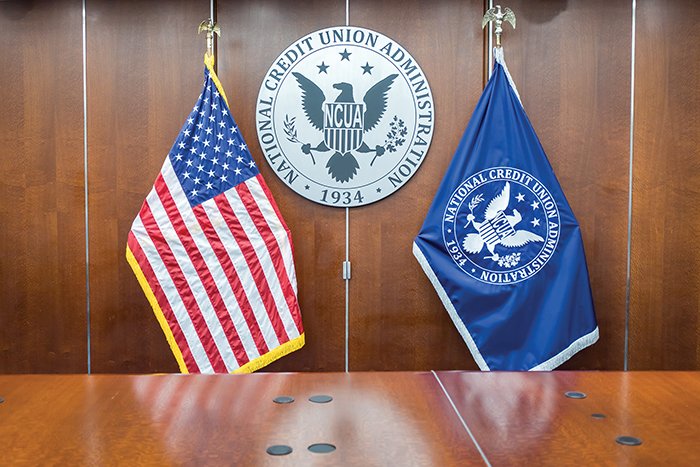Economists may be optimistic about fiscal growth in the year to come, but static job numbers and a continued anemic economy should keep the blood from rushing to anyone's head too quickly, according to a survey by consumer financial website Bankrate.com.
Numbers released today by the U.S. Department of Labor showed a jobs market in August that remained remarkably unchanged. The addition of 142,000 jobs, many in the business and health care sectors, may have helped, but the 6.1% unemployment rate remains static. However, rays of hope may be glimmering on the horizon.
According Bankrate's quarterly survey of leading U.S. economists, the slow-growth economy could start to pick up steam heading toward year end, with the possibility of a decline in joblessness to 5.7% one year from now. Economists surveyed expect payrolls to expand by as many as 219,000 new jobs in the next 12 months. The decline in joblessness, coupled with an anticipated acceleration in the level of wages, will be the key to a continued economic recovery, according to Mark Hamrick, Bankrate.com's Washington, D.C., bureau chief.
“The point that is looming is wages, wages, wages,” Hamrick said. “If Americans aren't seeing more in the way of take-home pay, a lot of these numbers don't matter.”
The Federal Reserve released numbers this week showing that real economic gains over the past few years were only realized by the top 10% of U.S. workers. Until income increases are shared more equitably among more income levels, true economic growth won't happen, Hamrick said.
“This has always been a two-steps-forward, one-step-backward proposition, and the current disappointing payroll numbers shouldn't be surprising,” Hamrick said. “We've seen it before and it's been the complexion of this recovery for as long as we can remember.”
Despite incremental gains by some industries and in certain geographic areas, employment trends tend to be slow, Hamrick said. Factors affecting the employment picture include a belief that the federal government isn't performing well, that the immigration issue still hasn't been adequately addressed and the economy is improving, but at a snail's pace. All of those aspects have hobbled hiring practices, he added.
“Some employers have been chastened by the financial crisis and want to make sure they don't regret the hiring decisions they make,” Hamrick said. “Business confidence overall still needs a little help.”
The anticipated rate hike promised by the Fed has been targeted for June 2015, something the Federal Open Market Committee has been predicting for some time, the date is now being predicted by economists as well, meaning it's more likely to happen. Global tensions, both in the Middle East and Ukraine, could play a role in any delays that occur, Hamrick said.
The economists polled also predicted that the gross domestic product for the U.S. could expand at a rate of 2.95%, slightly less than the 3.05% predicted in Bankrate's previous economic forecast. Such a rate, considered “normal” by the Fed, would be necessary for rates to rise. However, some survey respondents expressed concerns over the Fed's rate-hike strategy.
“Is the Fed falling behind the curve? Yes!,” said William Ford, former president of the Reserve Bank of Atlanta. “They have definitely laid the groundwork for an outbreak of inflation if and when the economy's growth rate picks up.”
Survey respondent David Crowe, chief economist for the National Association of Homebuilders, disagreed.
“Is the Fed's approach a concern? No,” Crowe said. “Economic growth has been
inconsistent, running low, on average. The labor market is weaker than the unemployment rate suggests, given the low participation rate and high rates of under-employed persons. Inflation has been running low in response to slow growth and low labor demand.”
Differences of opinion aside, it's clear that change is in the wind and that, despite its weakened position, the U.S. economy is growing, albeit slowly, Hamrick said. Financial institutions should prepare for a variety of possible scenarios.
“The U.S. economy may be anemic, but we're still the strongest economy in the world, and we should celebrate that even if its with paper cups rather than crystal,” Hamrick said. “However, people will have to watch what's happening closely, because we're in the midst of a very dynamic environment.”
© Touchpoint Markets, All Rights Reserved. Request academic re-use from www.copyright.com. All other uses, submit a request to [email protected]. For more inforrmation visit Asset & Logo Licensing.






